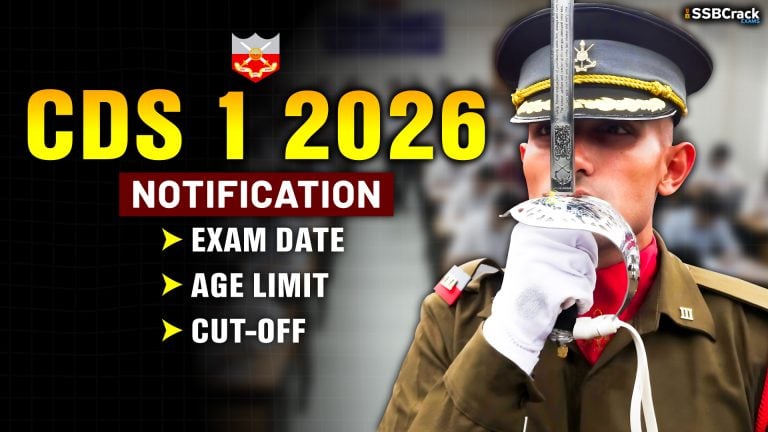Mensuration is a fundamental topic in mathematics that is crucial for competitive exams like the Combined Defense Services (CDS) and Air Force Common Admission Test (AFCAT). A recent class dedicated to this topic covered various aspects of mensuration, focusing on understanding and calculating the perimeter and area of different geometric shapes. This article aims to summarize the key points discussed in the class, highlighting essential concepts and providing practical tips for mastering mensuration for these exams.
Understanding Mensuration
Mensuration is the branch of mathematics that deals with the measurement of geometric figures, including their length, area, and volume. For CDS and AFCAT exams, the primary focus is on calculating the perimeter and area of various two-dimensional shapes.
Key Concepts Discussed in Class
The class on mensuration covered several essential shapes and their properties, including triangles, rectangles, squares, rhombuses, and circles. Understanding the basic properties and formulas for these shapes is critical for solving menstruation problems effectively.
Perimeter and Area
The perimeter of a shape is the total length of its boundary, while the area is the measure of the space enclosed within that boundary. Different shapes have specific formulas to calculate their perimeter and area, which were discussed in detail during the class.
Calculating Perimeter and Area for Various Shapes
1. Triangle
Triangles are three-sided polygons with various types depending on the length of their sides and the measure of their angles. Key types include equilateral, isosceles, and scalene triangles.
- Perimeter: The sum of the lengths of all three sides.
- Area: Depends on the type of triangle and the available information (base and height, side lengths, etc.).
2. Rectangle
Rectangles are four-sided polygons with opposite sides equal and all angles right angles.
- Perimeter: The sum of twice the length and twice the width.
- Area: The product of the length and width.
3. Square
Squares are special types of rectangles where all four sides are of equal length.
- Perimeter: Four times the length of one side.
- Area: The square of the length of one side.
4. Rhombus
Rhombuses are four-sided polygons, with all sides equal in length and opposite angles equal.
- Perimeter: Four times the length of one side.
- Area: Can be calculated using the length of diagonals or the base and height.
5. Circle
Circles are shapes with all points at a constant distance (radius) from a central point.
- Perimeter (Circumference): Depends on the radius.
- Area: Depends on the radius.
Sector and Segment of a Circle
Circles can be divided into sectors (a ‘pie-slice’ shaped part) and segments (a region between a chord and the arc).
- Sector: The area and perimeter depend on the radius and the central angle.
- Segment: The area is calculated based on the radius and the length of the chord and the central angle.
Practical Application in Exams
For CDS and AFCAT exams, it is crucial to understand these concepts and be able to apply them quickly and accurately. Here are some practical tips for mastering menstruation problems:
1. Memorize Key Formulas
Knowing the key formulas for perimeter and area is essential. Practice regularly to ensure these formulas are at your fingertips during the exam.
2. Understand the Concepts
Understanding the underlying concepts helps in visualizing the problem and applying the correct formula. This is especially important for composite shapes or when additional steps are required.
3. Practice with Variety
Solve a variety of problems, including previous years’ questions and sample papers. This will help you get familiar with different types of questions and improve your problem-solving speed.
4. Double-Check Calculations
Errors in calculation can cost valuable marks. Always double-check your calculations to ensure accuracy.
Example Problems
Here are some examples of problems similar to those discussed in class:
Example 1: Triangle
Question: Find the area of a triangle with a base of 10 cm and a height of 6 cm.
Solution:
- The area can be calculated using the formula for the area of a triangle.
Answer: The area is 30 cm2.
Example 2: Rectangle
Question: Calculate the perimeter and area of a rectangle with a length of 8 cm and a width of 5 cm.
Solution:
- The perimeter is the sum of twice the length and twice the width.
- The area is the product of length and width.
Answer: The perimeter is 26 cm, and the area is 40 cm2.
Example 3: Circle
Question: Determine the circumference and area of a circle with a radius of 7 cm.
Solution:
- The circumference and area can be calculated using the formulas for a circle.
Answer: The circumference is approximately 44 cm, and the area is approximately 154 cm2.
Conclusion
Mensuration is a vital topic for the CDS and AFCAT exams, requiring a strong understanding of geometric properties and the ability to apply formulas accurately. The recent class on this topic provided a comprehensive overview of key shapes and their properties, focusing on practical problem-solving through extensive discussion of MCQs.
By understanding the concepts, memorizing key formulas, practicing a variety of problems, and double-checking calculations, students can master mensuration and excel in their exams. Regular practice and a strategic approach to problem-solving will ensure that you are well-prepared to tackle any menstruation questions that come your way. Stay focused, practice diligently, and approach each problem with confidence. Good luck!




















